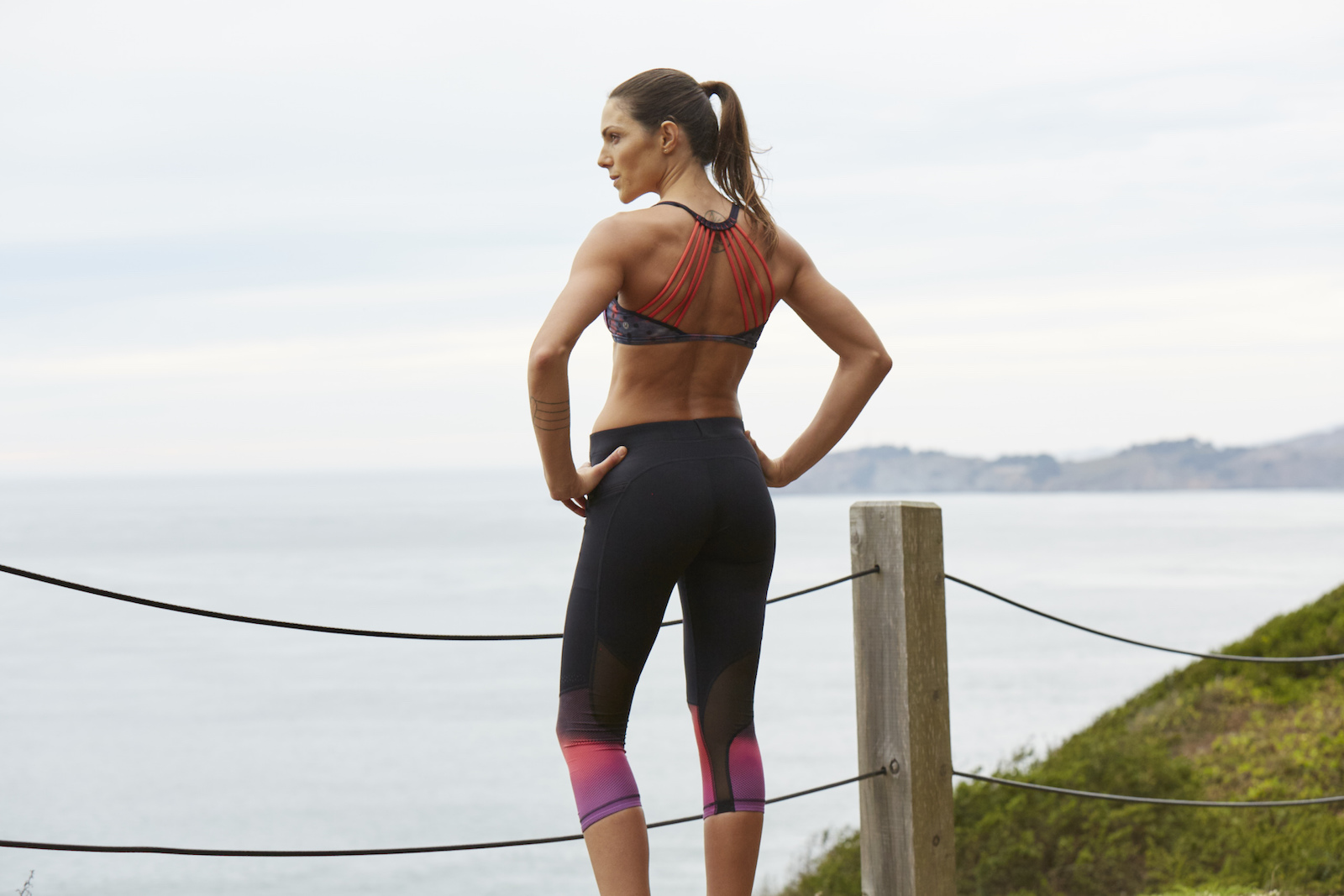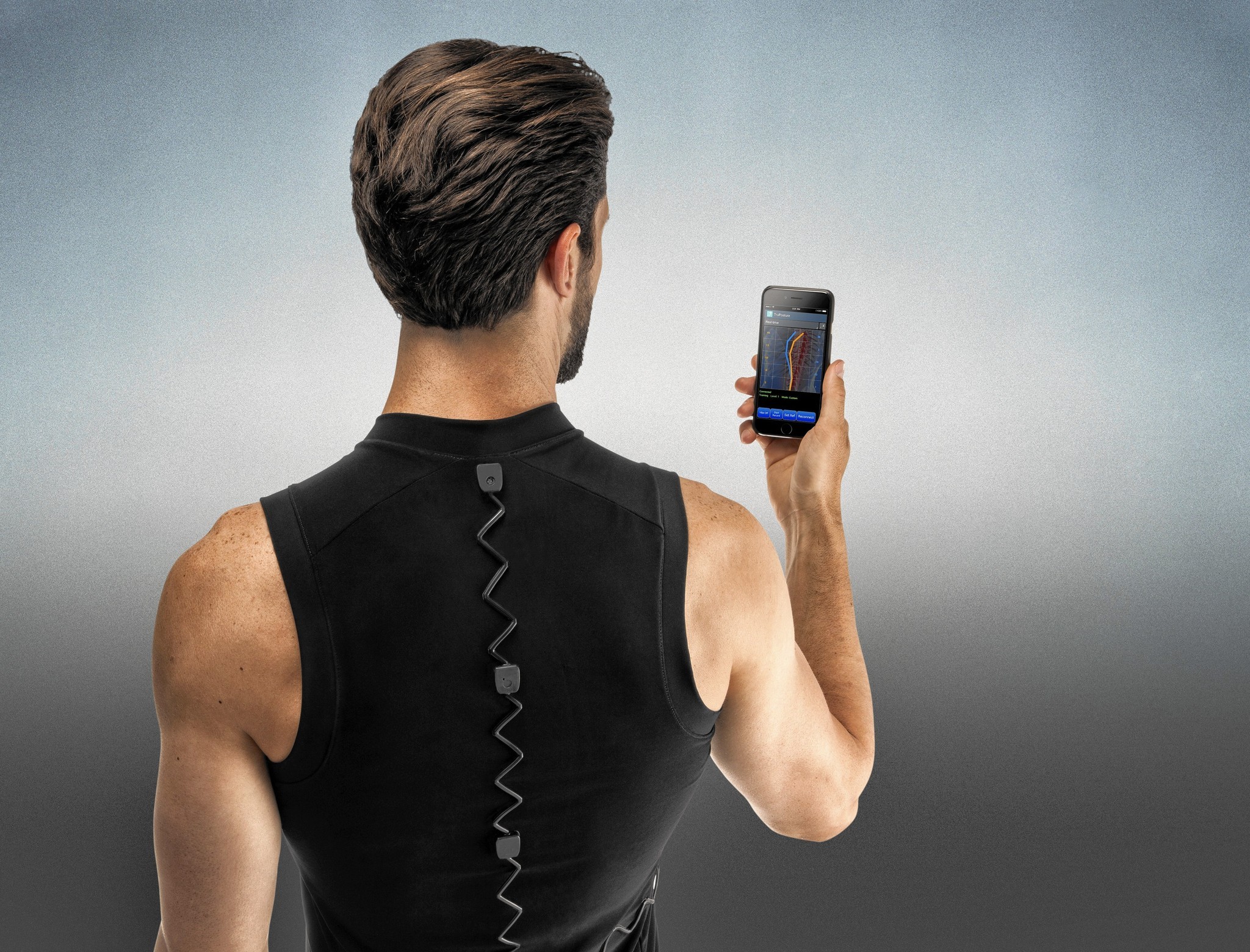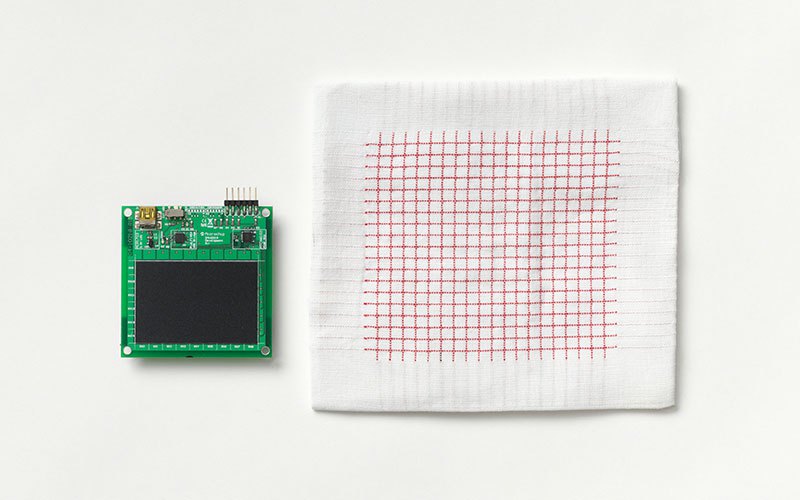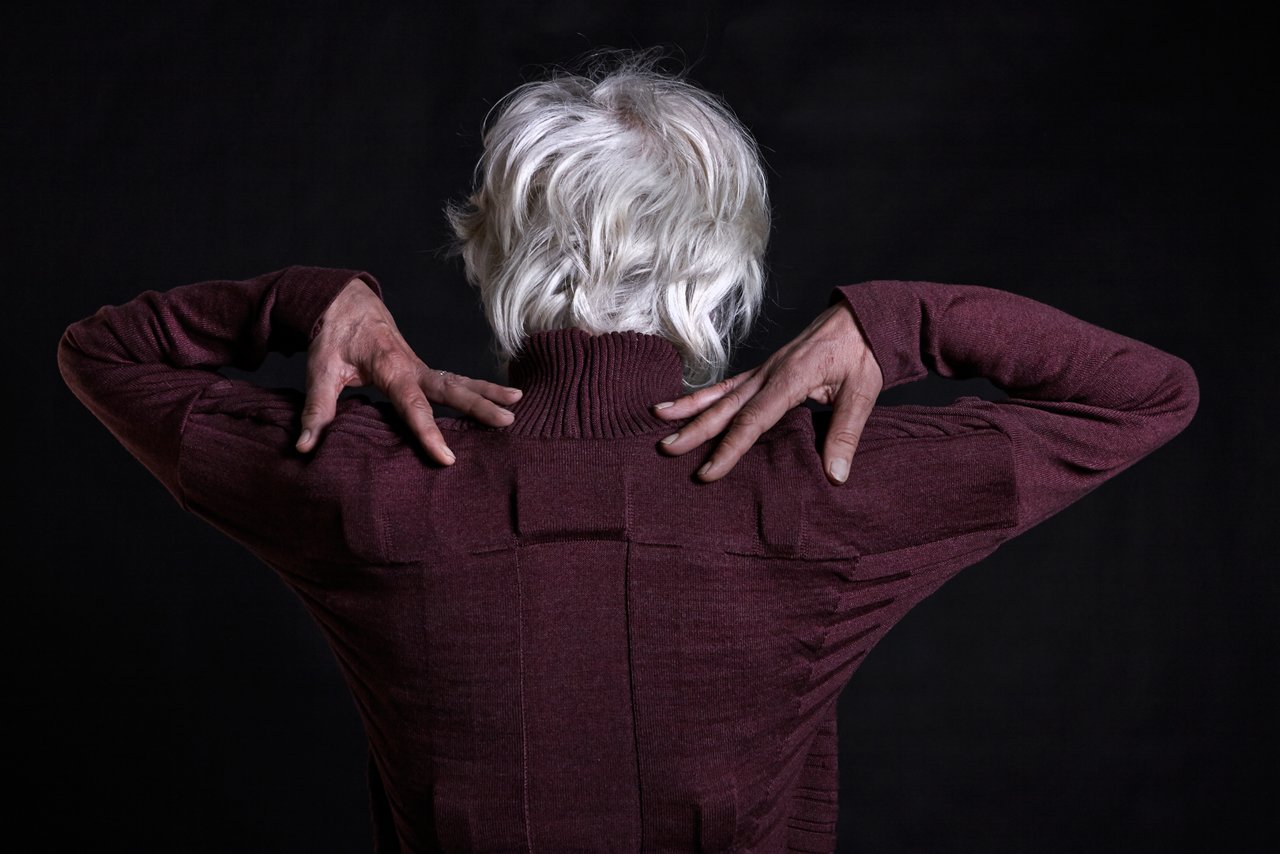Category: Smart Fabric
-

Tony Chahine on human presence, reimagined | ApplySci @ Stanford
Myant‘s Tony Chahine reimagined human presence at ApplySci’s recent Wearable Tech + Digital Health + Neurotech conference at Stanford: Join ApplySci at the 9th Wearable Tech + Digital Health + Neurotech Boston conference on September 24, 2018 at the MIT Media Lab. Speakers include: Rudy Tanzi – Mary Lou Jepsen – George Church – Roz Picard –…
-

Smart socks sense pain, pressure in diabetic neuropathy
SenseGo smart socks have multiple sensors that monitor pressure from poor posture, over-exertion, or ill-fitting shoes, all which could lead to diabetic foot ulcers. Pressure points are registered as electrical signals, and relayed to an app which informs the patient of a developing risk. The washable sensor socks, developed by Hebrew University professor Yaakov Nahmias, can compensate…
-

Sensor shorts provide real time runner feedback
ApplySci has described several examples of smart shirts and smart fabrics in recent months. Now, Lumo his integrated sensors into shorts to monitor cadence, stride length, pace, distance and pelvic rotation in runners. Placed inside the waistband, the sensors sync with smartphones to provide real time feedback, and the app sends data and coaching content…
-

Smart shirt monitors posture, sends correcting alerts
TruPosture is a smart shirt with embedded nanosensors that continuously measure the curvature of one’s spine. It is being crowdfunded on indiegogo. The wearer, and a physical therapist, set a personalized posture goal. When the spine diverges, vibrations are sent as posture reminders. One vibration burst happens when a wearer is leaning too far forward,…
-

Ralph Lauren’s health sensing smart shirt
PoloTech, Ralph Lauren and OMsignal‘s smart shirts, will be available for sale this week. Like the partnership between Intel and Opening Ceremony, this represents the fashion mainstreaming of wearable technology. The shirt has embedded silver fibers to track heart rate, heart variability, breathing depth and recovery, intensity of movement, energy output, stress levels, steps taken,…
-

Accurate, self powered health monitoring technologies
The NSF‘s ASSIST center, based at NC State, is using nanotechnology to build clinically accurate, self-powered health monitoring technologies. The team, led by Veena Misra, is developing tiny devices harvesting energy from body heat (which creates thermal energy) and body motion (which creates mechanical energy). They can be used on various areas of the body.…
-

Google’s conductive fabric for everyday wear
Google’s Project Jacquard creates conductive fabrics that can be woven into every day clothes. The yarn is tough enough for industrial weaving, and can connect to chips that react to gestures, and monitor heart rate or body temperature. This seamless integration of sensors into clothing can make health monitoring ubiquitous. In a demo at the company’s I/O conference,…
-

Sensor sweater guides senior rehabilitation
Vigour, by Pauline van Dongen, is a sensor sweater developed for geriatric rehabilitation. The knitted cardigan, with integrated stretch sensors, discreetly and continuously monitors upper body movement. Two sensors monitor lower back movement, and one under each arm monitors shoulder and arm movement. Data is transferred to the user, caregiver, or physician. It can be worn…
-

Sensor scarf heats, vibrates, can monitor vital signs
Microsoft‘s SWARM prototype smart scarf, developed with University of Maryland‘s Michele Williams, heats, which could help those with physical or mental disabilities stay warm. It also vibrates. The plan is to incorporates biometric sensors that can cause vibrations when an issue is detected with heart, breathing rate, or skin temperature data. The flexible laser-cut scarf has interchangeable…